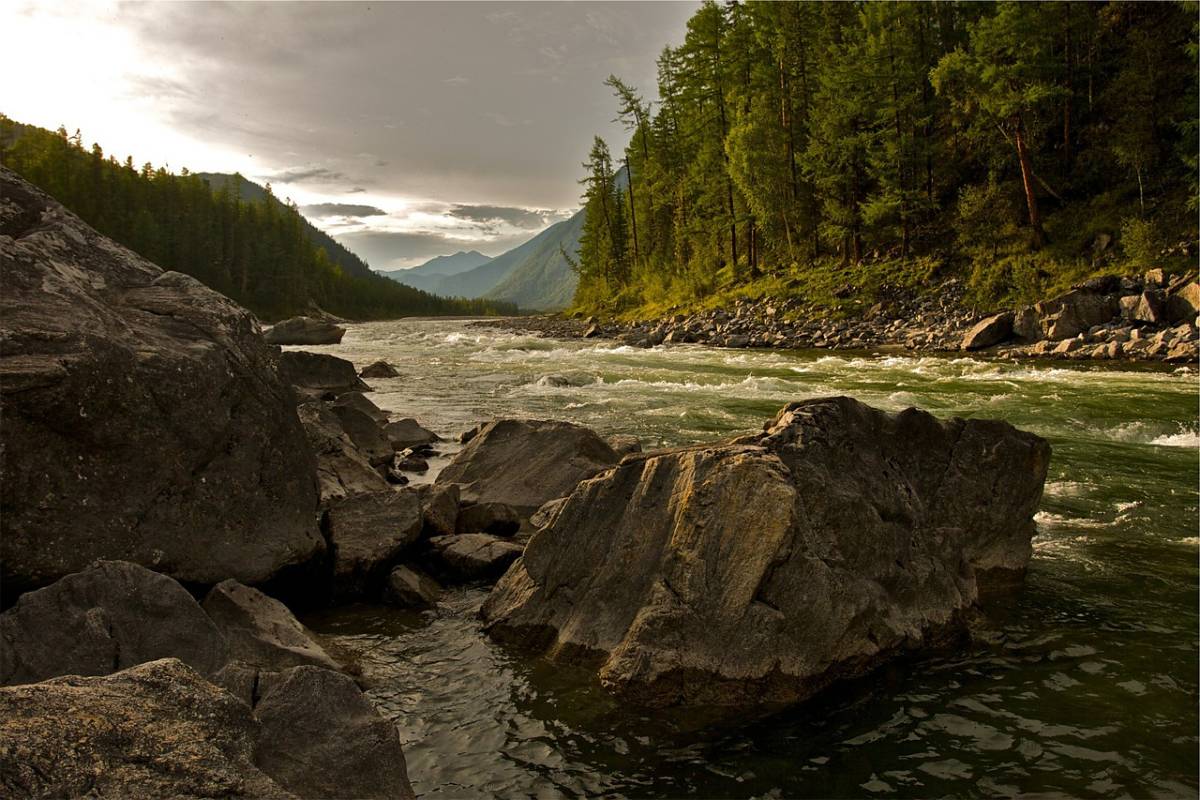 The Utah Division of Water Resources (DWRe), a division within the Utah Department of Natural Resources, recently launched “H2Oath: Utah’s Water-Wise Pledge,” a water conservation initiative designed to increase further water conservation.
The Utah Division of Water Resources (DWRe), a division within the Utah Department of Natural Resources, recently launched “H2Oath: Utah’s Water-Wise Pledge,” a water conservation initiative designed to increase further water conservation.
By participating in the pledge, families, businesses, government agencies and statewide organizations commit to increase their water conservation by following the DWRe’s Weekly Lawn Watering Guide throughout the 2016 watering season.
“By making small changes to our water use habits we can collectively improve our water conservation statewide,” said Eric Millis, DWRe director. “We recognize change begins with us. As a division and department we are excited to participate in this effort. We encourage citizens, businesses, government agencies and other organizations throughout Utah to participate by pledging and conserving.”
The Weekly Lawn Watering Guide is updated every week and is available at slowtheflow.org as well as on the DWRe Facebook page and Twitter account. A free lawn watering guide app is also available for Apple and Android devices. The guide provides weekly lawn watering recommendations based on the prior week’s weather conditions and precipitation as well as evapotranspiration data and predicted weather patterns for the upcoming week. The guide provides recommendations for each individual county.
In addition to following the Weekly Lawn Watering Guide, those who take the H2Oath commit to only water their lawns during cooler hours and to not water during or directly after a rain storm. Participants also commit to identify and fix leaks inside and outside their homes or businesses and cut back shower lengths by at least one minute.
“The recommendations outlined in the H2Oath are simple, and yet can make a big difference,” said Eric Klotz, DWRe conservation and education manager. “The statewide adherence to the lawn watering guide alone would result in water conservation to the tune of billions of gallons of water.”
Pledging its support is the University of Utah, an institution that swells to the size of a midsize city each day and is considered one of the largest water users in the Salt Lake Valley. Also supporting the pledge is Utah’s chapter of The Nature Conservancy, one of Utah’s foremost conservation and sustainability advocacy organizations.
“We are encouraged by this statewide water conservation effort that reaches out to individuals, families, and businesses to help solve one of our most pressing issues — enough water for both people and nature,” said David Livermore, executive director of The Nature Conservancy. “Everyone pitching in can help preserve our beautiful rivers and iconic places like the Great Salt Lake that also depend on having adequate water.”
Additionally, general managers from Utah’s four largest water conservancy districts — including Central Utah, Jordan Valley, Weber Basin, and Washington County — are also participating in the pledge. These four water conservancy districts provide water to 85 percent of Utah’s population. The water conservancy districts will also ask the municipal partners and community leaders in their respective areas to sign the H2Oath.
DWRe will work throughout the summer to gain pledges from as many citizens and influential people and organizations as possible. DWRe plans on spreading the word via social media and other means to bring positive attention to the need for additional water conservation. The state is close to achieving Gov. Herbert’s goal of 25 percent conservation by 2025. While the state is making significant strides, more conservation will be needed to meet the needs of Utah’s growing population.
The H2Oath is active now and available online through fall 2016. In that time frame, DWRe hopes to gain as many pledges as possible in order to further progress towards water conservation becoming one of Utah’s core ethics. The pledge can be found at water.utah.gov/H2Oath.




The state and local officials may be paying lip service to a H2O Oath but will they really get those who are abusing water to stop? Many citizens have already worked to lower their water usage to below 100 gallons per day while our overall usage is somewhere between 270-325 gpcd depending which numbers serve the purposes of the water district and state when it comes to showing how great we’re doing on conservation (lower number) or how much we still need the Lake Powell Pipeline water (higher number). With about 50% of our water consumption going to commercial, industrial and institutional users (many of whom pay no property tax to our water district), will they reduce their water use voluntarily because that’s really where the problem is?
A small step, but woefully inadequate. How about an oath for developers and local agencies to not install any grass for lawns or strips in the first place? That would have a far greater impact.